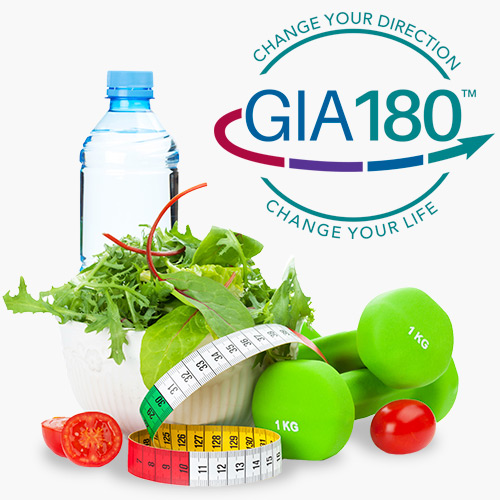Food labels, nutrition facts labels and nutrition information panels are just a few of the names for those boxes with the headline “Nutrition Facts” that adorn all U.S. food packaging.
When we can’t even decide on a common name, it’s no mystery why many people find these labels so confusing.
Once you train your eye to catch a few key points that are listed on every food label, you will be able to make faster and informed decisions on the food you purchase or consume.
Serving size: The top of the label will provide the serving size and the number of servings per package, bottle or container. One serving size may not be the “right” amount to consume for all food or drinks. Be sure to look because you may be surprised at what a serving size really is. For example, did you a 20-ounce soda isn’t one serving? Instead, one bottle is considered 2.5 servings!
Calories: The next section of the food label provides the number of calories. This is not the number of calories in the entire package but rather the calories per serving. Multiply the number of calories per serving to determine the total calories in one package, bottle or container and adjust how much you consume at one time.
Nutrients and percentage of daily value: Generally, several lines will detail the nutrients, which are substances that provide nourishment to grow or maintain life. These are followed by the percentage of daily value, which usually looks like % Daily Value. The % daily value gives you the amount of a given nutrient that is in one serving of the food or drink based on a 2,000-calorie diet.
According to the FDA, 5% daily value or less of a nutrient per serving is considered low and 20% or more is considered high. The organization recommends choosing foods higher in dietary fiber, vitamin D, calcium, iron and potassium, while looking for lower numbers for saturated fat, sodium and added sugars.
I also want to stress how important it is to pay attention to the added sugars line. Added sugars are sugars or syrups that are added to food and drinks while they are processed, not the naturally occurring sugars found in food such as fruit.
Recently, a coworker who has been losing weight was adding a fat free dressing to her salad. At only 80 calories, it was a good choice, right? I looked at the added sugar line on the food label and discovered it had 20 grams of added sugar. Guidelines for added sugar are no more than 24 grams for women and 36 grams for men daily. That one serving of dressing contained almost a day’s worth of added sugar!
At GIA 180, we offer weight loss solutions with a trained coach to help you lose weight. We can provide further help for demystifying food labels so you can be confident in your decisions. Contact GIA at 865-588-5121 for more information.


